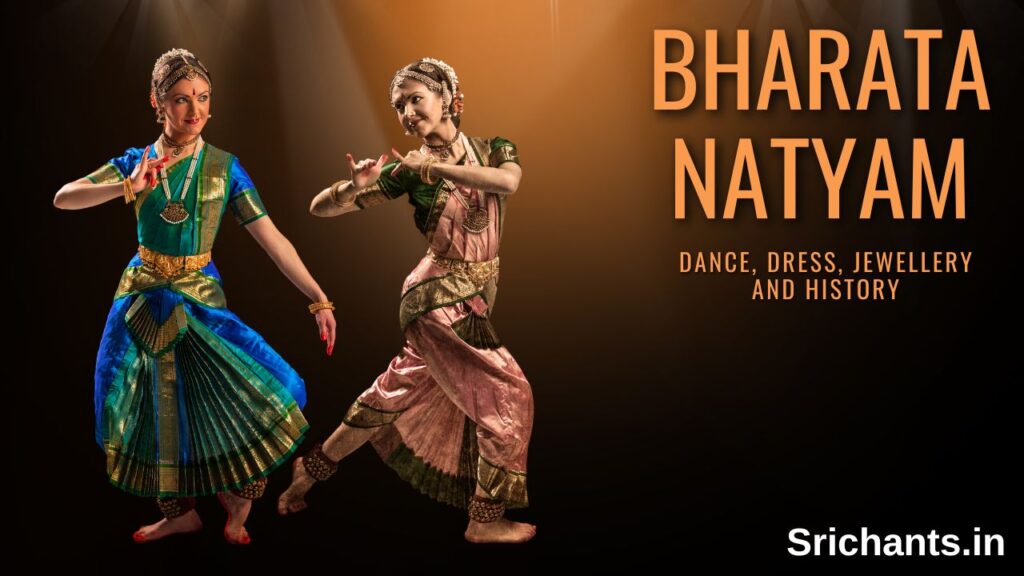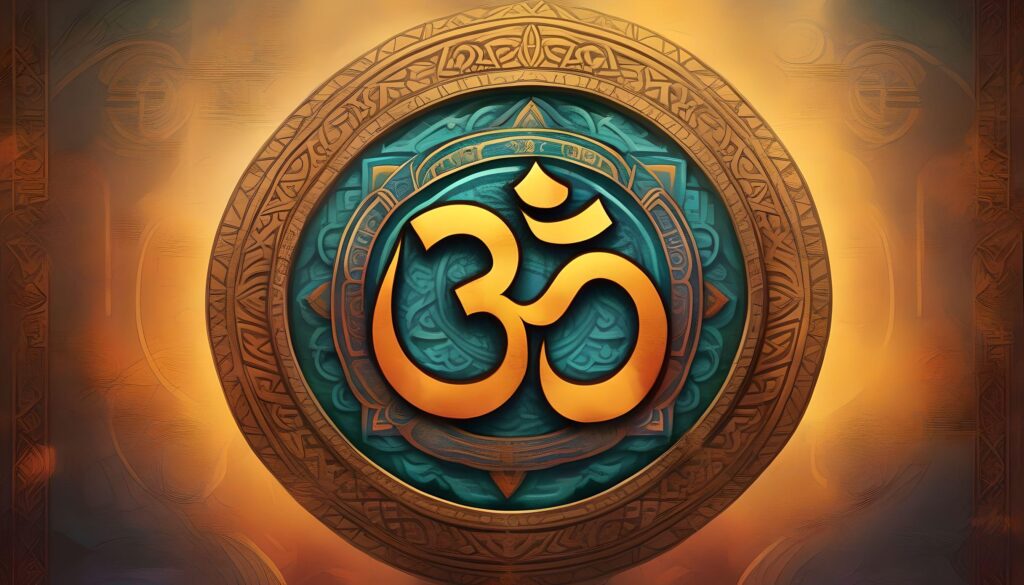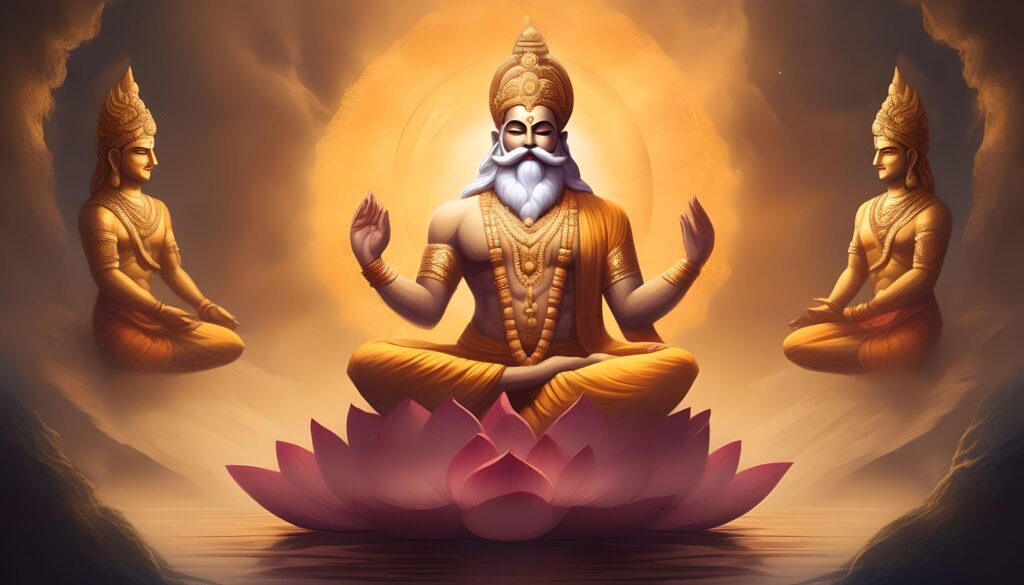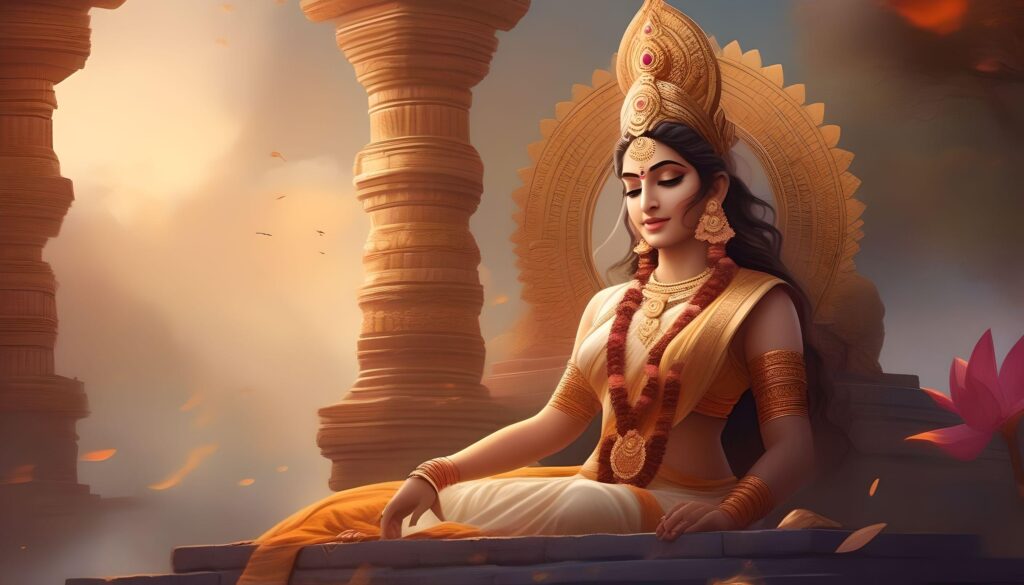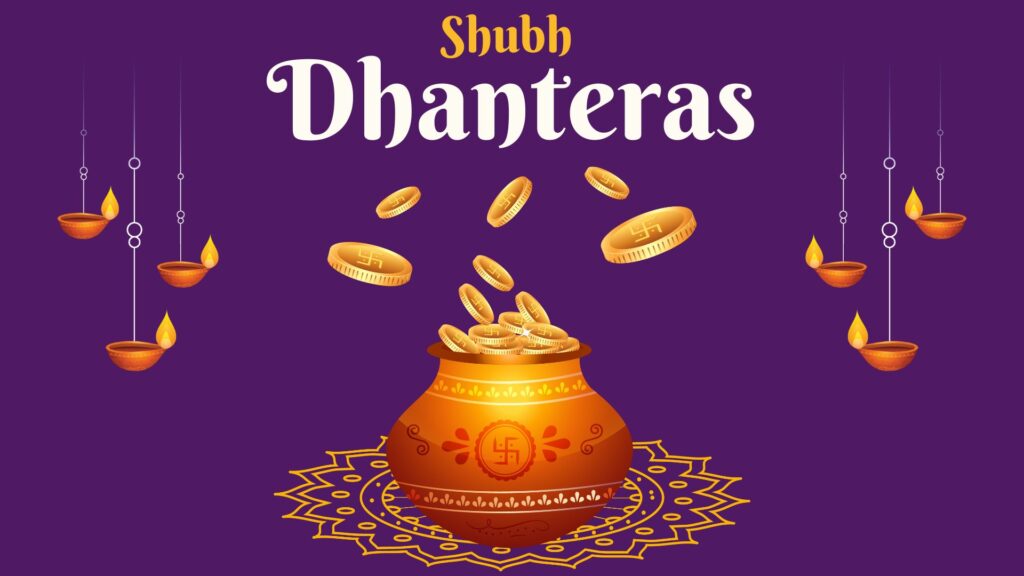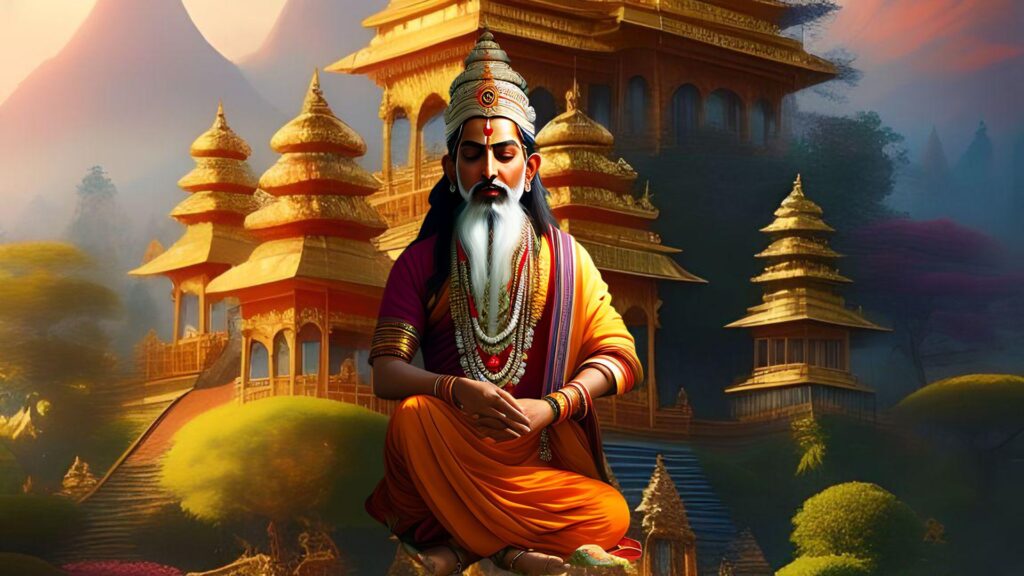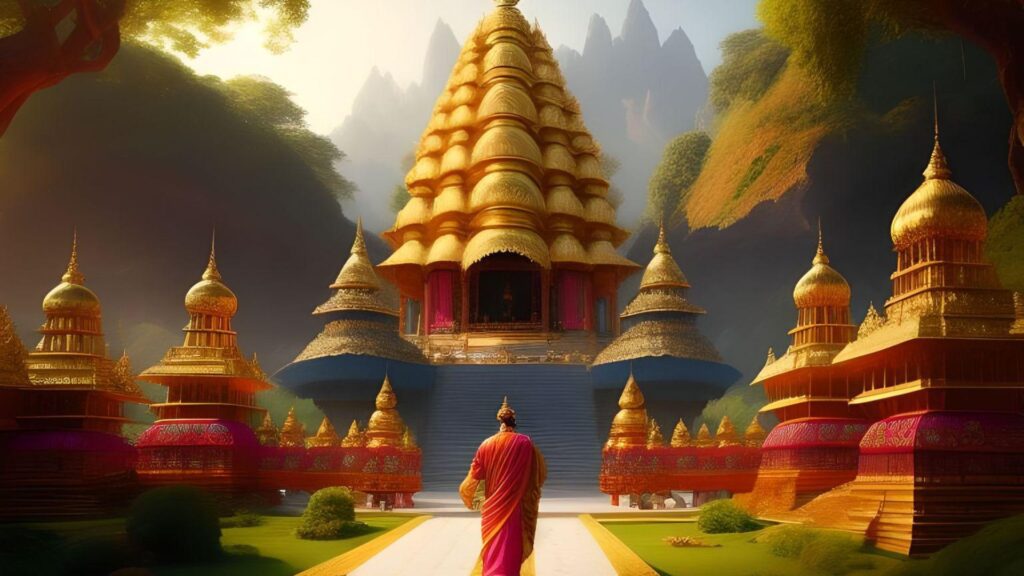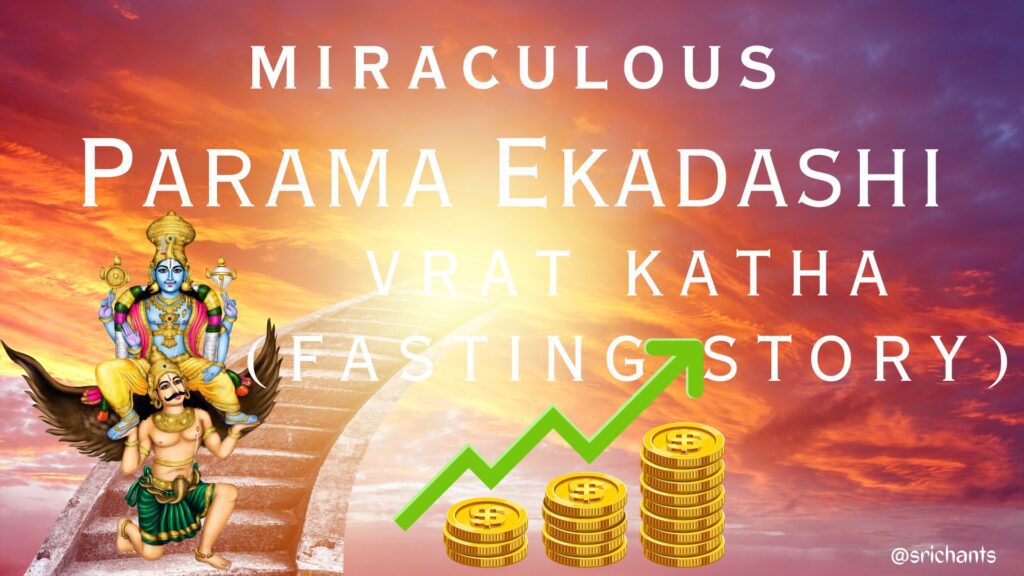Bharatanatyam: Dance, Dress, jewelry and history
The illustrious history of Bharatanatyam, an ancient Indian classical dance form, spans centuries. An intriguing artistic expression, it found its inception in the Hindu temples of Tamil Nadu and the adjacent areas. Within the scope of this article, we shall examine the intricate garments of Bharatanatyam, probe into its captivating history, and pay tribute to a few of its most celebrated practitioners.
The Origins of Bharatanatyam
Bharatanatyam is widely regarded as the preeminent classical dance tradition that originated in India. It evolved and flourished in the venerable Hindu temples of Tamil Nadu, from which it originated. This dance style derives its theoretical foundation from the Natya Shastra, an ancient Sanskrit Hindu text.
As the progenitor of the cosmos, Lord Brahma allegedly disclosed Bharatanatyam to the sage Bharata. The Natya Shastra, on the other hand, documented this celestial dance form in the Bharata. “Bharatanatyam” is an amalgamation of two Sanskrit terms: “Natyam,” denoting dance, and “Bharata,” which symbolizes sentiment, melody, and cadence. Bharatanatyam is thus a form of dance that expresses emotions, melody, and rhythm in an attractive manner.
The Evolution of Bharatanatyam
Bharatanatyam has developed and adapted throughout the centuries, mirroring the shifting cultural milieu of southern India. During the 18th century, under the rule of Maratha governor Sarfoji-II, the dance style rose to prominence. An influential group of four Nattuvanars, referred to as the Tanjore Quartet, contributed significantly to the development of contemporary Bharatanatyam.
Inlaid in stone, the Devadasi culture thrived from the late 16th to the early 17th century, during the Nayaka period. Temple performers known as Devadasis were devoted to the service of the deities. In Hindu temples, Bharatanatyam was performed as an offering to the deities. The remarkable sculptures adorning ancient Hindu temples—including the Badami cave temples in Karnataka and the Shiva temple in Kanchipuram—attest to the growth and prominence of Bharatanatyam during this era.
Nonetheless, the colonial period presented obstacles for Bharatanatyam. In conjunction with the impact of Christian missionaries, British colonial rule ultimately resulted in the prohibition and suppression of temple rituals performed in Hindu temples. Due to its erroneous association with courtesan dancing, Bharatanatyam was met with contempt.
The Revival of Bharatanatyam
Notwithstanding the prohibition and societal biases, Bharatanatyam persisted in culture. The Indian community was cognizant of the importance of safeguarding their abundant cultural heritage. Prominent individuals such as E. Krishna Iyer, a classical artist and Indian attorney, were instrumental in the revival of Bharatanatyam. Iyer and theosophist and Bharatanatyam choreographer Rukmini Devi Arundale established the Madras Music Academy. Collectively, they laboriously endeavored to prevent the decline of Bharatanatyam into obscurity.
As a result of these revivalists’ efforts, Bharatanatyam started to reclaim its proper position among Indian classical dance forms. Western performers, including Ragini Devi (Esther Sherman), traveled to India with the intention of acquiring knowledge and advocating for Bharatanatyam. With the surge in support for the Indian independence movement, there was a renewed sense of eagerness to revive Indian culture and traditions. Dancers such as Balasaraswati and Rukmini Devi Arundale expanded the boundaries of Bharatanatyam beyond Hindu temples, solidifying its position as a widely recognized dance style.
The Three Essential Elements of Bharatanatyam
Bharatanatyam is a dynamic dance form that encompasses three essential elements: Nritta, Nritya, and Natya.
- Nritta: Nritta is the technical aspect of Bharatanatyam, focusing on intricate footwork, rhythmic patterns, and precise movements. It is a pure dance form without any interpretive elements.
- Nritya: Nritya is the expressive aspect of Bharatanatyam. Through graceful body movements and gestures, the dancer conveys spiritual themes, emotions, and stories. Nritya is characterized by slower movements that are synchronized with the music.
- Natya: Natya combines dance with drama. In this aspect, the dancer assumes specific character roles and conveys narratives through interpretive dance. Natya involves the use of facial expressions, hand gestures, and body language to portray characters and their emotions.
The Enchanting Costumes of Bharatanatyam
The elaborately crafted garments donning Bharatanatyam performers are aesthetically captivating. In observance with tradition, one dons a tailored sari adorned with intricate folds. The fan-like expansion of the pleats during intricate choreography contributes a visual dimension to the dance. To emphasize her foot movements, the performer also dons ghungroo, which are leather straps embellished with small metallic bells, around her ankles.
The inclusion of jewelry in Bharatanatyam costumes is vital. By adorning her head, nose, ears, and neck with jewelry, the dancer enhances her facial expressions and head movements. The dancer’s use of substantial cosmetics guarantees that her facial expressions are perceptible to the spectators. The hair is adorned with jewelry or blossoms and is plaited in a precise manner. By applying henna to the dancer’s fingertips and toes, the intricate hand movements are accentuated.
The Performance Repertoire of Bharatanatyam
A Bharatanatyam performance typically consists of six sections, each with its unique characteristics and significance. These sections are:
- Alarippu: Alarippu is the opening segment of a Bharatanatyam performance. It serves as a warm-up for the dancer, showcasing rhythmic patterns and movements.
- Jatiswaram: Jatiswaram is a segment where the movements become more complex. It is a purely technical piece, devoid of any specific meaning or interpretation.
- Shabdam: Shabdam is a combination of Nritta and Abhinaya, incorporating both pure dance and expressive gestures. This segment often includes elements that honor Lord Krishna.
- Varnam: Varnam is the centerpiece of a Bharatanatyam performance and the most challenging piece. It is a lengthy composition that portrays beauty, grandeur, and spiritual themes.
- Padam: Padam is a slower-paced segment that focuses on Abhinaya, the art of expression. It allows the dancer to convey complex emotions and sentiments through subtle movements and gestures.
- Tillana: Tillana is the concluding section of a Bharatanatyam performance. It is a fast-paced, rhythmic piece that showcases the dancer’s virtuosity and leaves the audience spellbound.
Renowned Exponents of Bharatanatyam
Bharatanatyam has produced numerous talented dancers who have contributed to its preservation and popularity. Some of the most renowned exponents of Bharatanatyam include:
- Alarmel Valli
- Anita Ratnam
- Balasaraswati
- Dr. Rekha Raju
- Dr. Preeti
- Greeshma Rajan
- Mala Prashanna
- Mallika Sarabhai
- Meenakshi Sundaram Pillai
- Mrinalini Sarabhai
- Padma Subramanyam
- Parijat Naik
- Rukmini Devi Arundale
- Veena Chikkanahalli Seshadri
- Yamini Krishnamurthy
- Vijayalakshmi Academy of Arts
These talented artists have dedicated their lives to Bharatanatyam and have played instrumental roles in its revival and global recognition.
Conclusion
Bharatanatyam, an entrancing classical dance form with an extensive historical background, continues to thrive in the present era. Bharatanatyam has continued to endure despite the challenges posed by colonial oppression, ever since its inception in the temples of Tamil Nadu. Audiences worldwide remain enthralled by the theatrical production’s poignant narratives, elaborate costumes, and expressive movements. Bharatanatyam’s beauty and tenacity are recognized and honored as we venerate its proponents.
